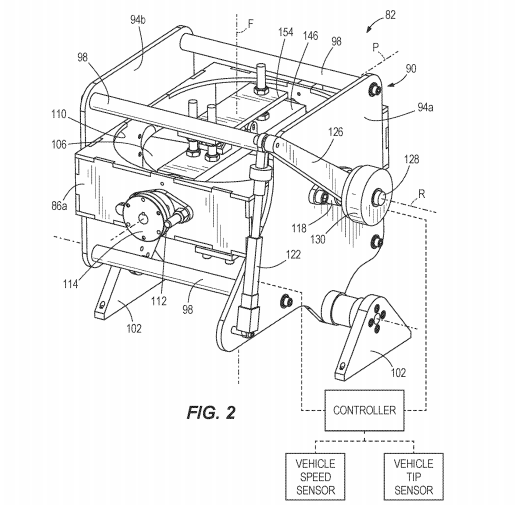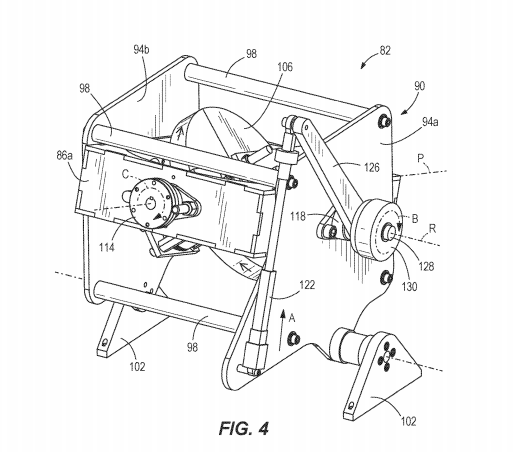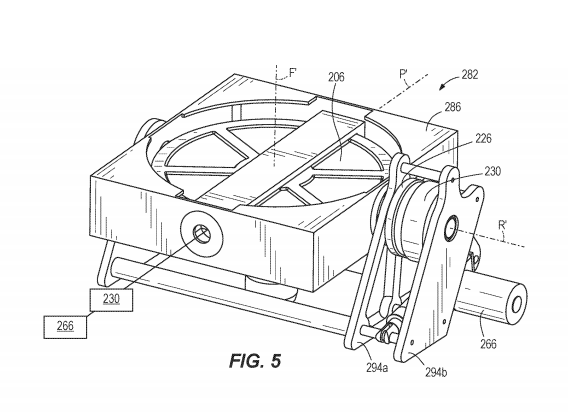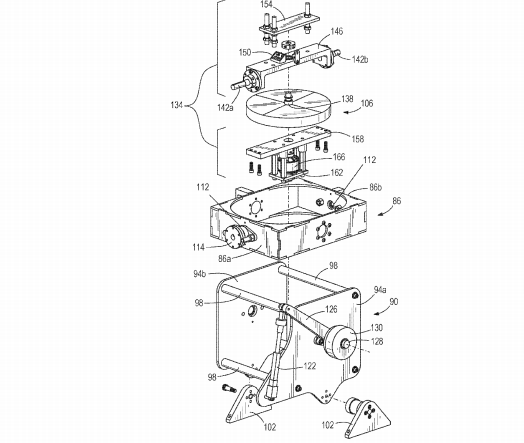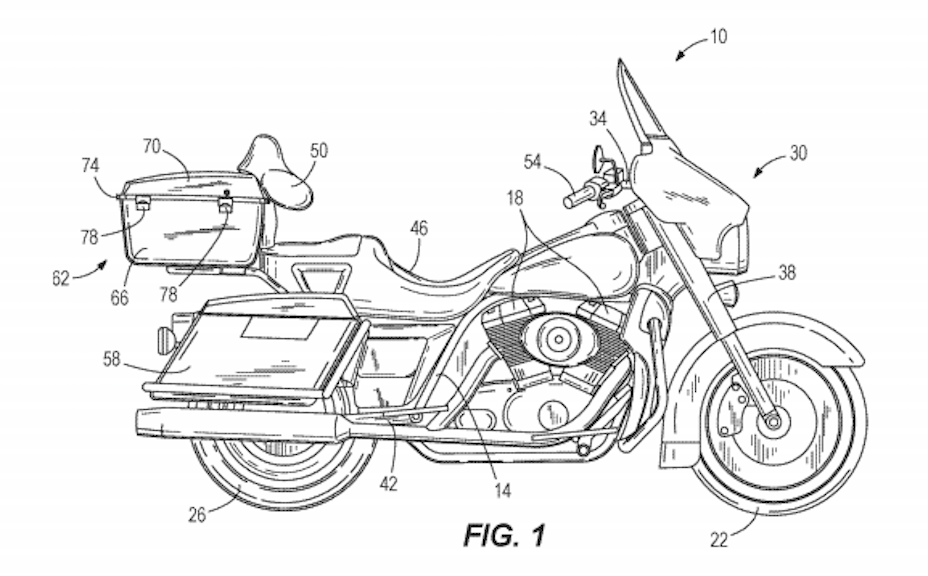When you ride a motorcycle over the speed of 5 mph or 8 kmph the wheels on the motorcycle generate gyroscopic forces that are unique to two-wheeled machines which helps the rider balance the motorcycle without tipping over. But gyroscopic forces only work at speeds higher than 5 mph which means when the bike is stationary the rider need to balance the two-wheeled vehicle with support of their legs.
While most riders develop this skill before moving on to larger and heavier motorcycle and are adapted to balance the vehicles just by touching their feet on the ground some motorcycle such as large American cruiser are more demanding and can tip over easily in case the rider loses his footing. Once these large bikes are tipped over they are very difficult to pick-up and one needs to be skilled with special techniques along with bodily strength to do so.
So why not develop a technology that helps keep the motorcycle upright, and that what American cruiser brand Harley-Davidson is up to. The brand has filed patents for a Gyroscopic Rider Assist Device which helps the rider maintain near perfect balance of the vehicle and reduces or could possibly eliminate its chances of tipping over when the large motorcycle is at a standstill.
According to the patent designs, the rider assist device appears to be mounted inside a small luggage compartment fitted to the tail of the vehicle. The device works using gyroscopic force similar to what we explained above but the flywheel rotates in a horizontal plane rather than vertical and the unit is mounted to the motorcycle longitudinally and can counterbalance depending on which side the motorcycle is leaning.
The self-balancing device comes into action automatically when the motorcycle speed drops below a certain level which also according to the patent files is user adjustable. An actuator coupled to the gimbal generates corrective forces when the motorcycle triggers a precession reaction. Also, a clutch is used to decouple the gimbal when the motorcycle is moving and leaning into a corner so that no corrective force is applied.
The flywheel is spun using a high-speed electric motor and houses various sensors to detect vehicle speed and the lean angle and is controlled by a computer that enables the vehicle to become self-balanced.
The self-balancing rider assist device is particularly helpful in crawling traffic situations and while backing up heavy Harley-Davidson cruisers, where the rider is laboured the most.
